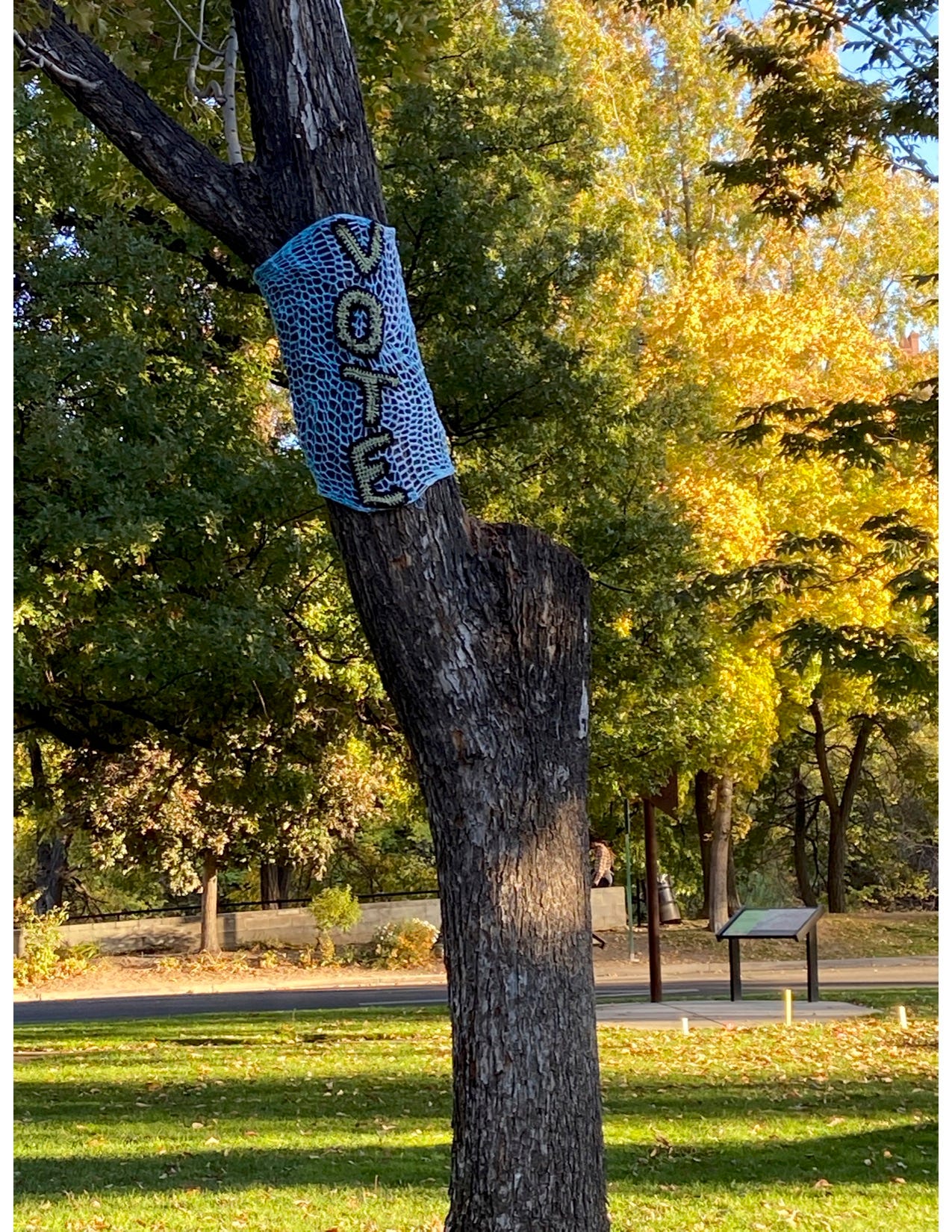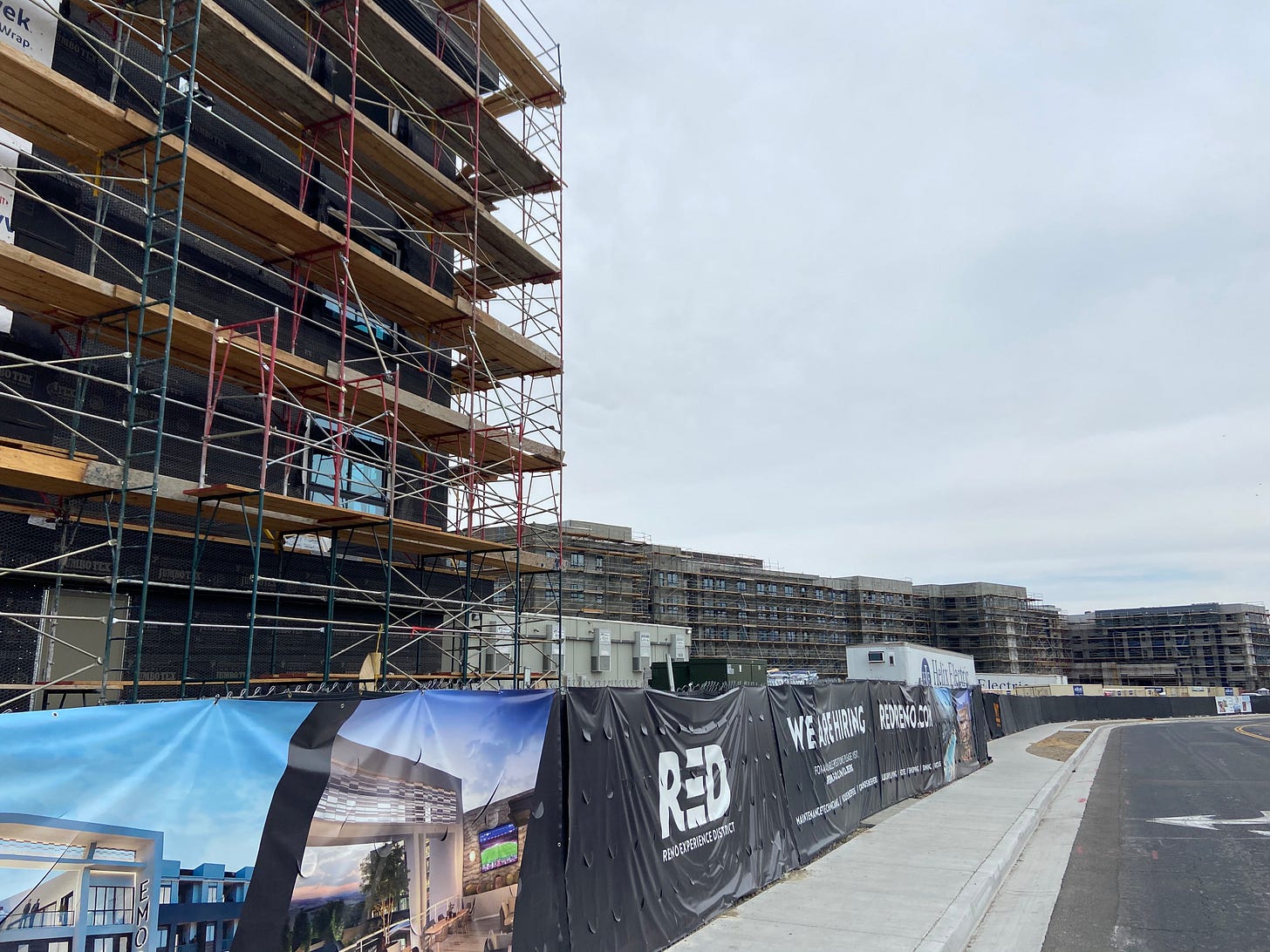Happy Spring! When I started this Newsletter, it was an evolution of NextDoor posts related to Ward 1 neighborhood issues. For this reason, I intended to keep the focus upon Ward 1 neighborhoods. While responsive constituent services to Ward 1 residents is my highest priority, as a Council member our time is consumed by many citywide and regional issues, so it is of value to report on those as well.
Citywide and regional issues are also important to Ward 1 because our neighborhoods are among the oldest and with that, we have aging infrastructure that needs to be maintained and sometimes rebuilt. As the region grows, there is increased competition for the fiscal resources to do this. Sometimes these resources are committed to build new or expand existing infrastructure in outlying areas to serve growth. For this reason and from a Ward 1 perspective, it is important to keep a watchful eye on outlying growth and ensuring that it is accomplished in a most fiscally prudent manner.
It is also important that private investment is attracted to our older neighborhoods (e.g., commercial lands that are no longer serving their original purposes) because decline occurs if there is not renewed investment in properties and areas. Public investment in infrastructure helps to attract private investment and this is another reason why the older parts of town need a fair share of public infrastructure dollars.
In particular, Nevada’s low tax/services environment means that there are lean fiscal resources for essential services. Services that are geographic specific like public safety and parks maintenance, are subject to thin coverage as our city sprawls. If this is not done thoughtfully, central neighborhoods like those within Ward 1, experience reduced service levels.
For these reasons, I am going to also discuss citywide and regional issues. I am also leaning into my experience as a city planner to introduce concepts from that perspective in addition to those as a sitting City Council member.
Here goes:
A Few Thoughts about Reno’s Downtown (that is mostly outside of Ward 1)
In the pre-pandemic era, American downtowns in large metros and medium size towns were coming back from the post-War (that being WWII) trend of decentralization, suburbia and auto dependency that led to downtown disinvestment. Americans were rediscovering central city life and urban living. While there have been bright spots in this area including conversion of some former hotel gaming properties to residential ones, Reno’s downtown has not made the progress toward renewal that most would hope.
This is NOT for lack of trying. Reno City government tried pretty much every available public sector tactic to bring back downtown. These included a Redevelopment Agency, Quality of Life entertainment projects in the form of the Bowling Stadium, Events Center and Ballroom; a major infrastructure project known as RETRAC or the railroad suppression project; and substantial subsidies to entice investment (most notable to Aces baseball stadium and the Apple warehouse. You name it, Reno government tried it in the pre-Great Recession era predating these austere times and we have the debt hangover to prove it.
So why isn’t Reno’s downtown where we want it? I think it is a part of being a single industry downtown. That is…gaming casinos. And the impact those have on any downtown’s most significant feature – the traditionally laid out street grid and the pre-war and mid-century structures that typically inhabit those. Gaming structures designed with blank street level walls and imposed upon super blocks that were cobbled together from Reno’s human scale street grid layout, are difficult to retrofit.
One example of this is the old Riverboat Casino ground level located at the southeast intersection of West Second and Sierra Streets. Once outfitted to become a Long’s Drugstore, that project did not move forward for corporate reasons and remains dark today. All of the building’s heating and ventilation equipment is up against the Sierra Street and is costly to relocate elsewhere in the building. This feature is in keeping with traditional casino design that rarely included street level windows for viewing into the buildings. Even the Silver Legacy has faux windows on South Virginia Street hinting at street level interest, but it is not possible to view into the building from the street. This sort of design does not easily translate to new uses in a downtown setting where street level interest is key to generate foot traffic. This oddity, combined with large buildings that require well capitalized replacement tenants to backfill emptied casinos has slowed Reno’s revitalization as gaming loses its market significance in downtown.
This is where we all have fingers crossed for the old Harrah building conversion. A visiting urbanist once told me that Reno’s tall skyline is an envy for any midsized downtown because conversion costs are less than new steel erection to create downtown living units critical for a successful downtown. With news coming from places like San Francisco where occupancy of the newest and tallest high rise not being expected to return to office use, one can only wonder if the future of American office cities will look like Reno’s downtown with buildings in need of repositioning. It will always be a truism for me, that a region is not a successful one without a flourishing downtown.
And then there are jokers like these who make light of it all:
Regional Update
Not much is easy these days when it comes to development that seeks to expand the region’s footprint. Much of the outlying land is geographically challenging and beyond the reach of existing infrastructure and service levels. It requires much more public planning than that which has occurred to ready areas for growth and that is the breaking point we are now experiencing.
Here are some accounts of what has been of focus at the Reno City Council (if the links are broken, you may need to cut and paste into your browser):
https://thisisreno.com/2021/03/city-council-turns-down-1000-acre-mortensen-ranch-development/
The Barber Brief preludes tomorrow’s Council meeting where both a Verdi development applicant and neighbors are challenging a Planning Commission action: https://thebarberbrief.substack.com/p/march-24-2021-reno-city-council-meeting?token=eyJ1c2VyX2lkIjoyMjU4MDcxMSwicG9zdF9pZCI6MzQyMjEzNjEsIl8iOiIxeUt6NyIsImlhdCI6MTYxNjUyODM0MywiZXhwIjoxNjE2NTMxOTQzLCJpc3MiOiJwdWItMjM5NTE1Iiwic3ViIjoicG9zdC1yZWFjdGlvbiJ9.j7P1ti6xl7iupvSzqUvewmhrRzjp1N0WLJEKHKRWBpE
Finally on Ward 1
Riverside or Lundsford Park Apartments
I received word today that after some modifications to proposed street parking, this project was issued a building permit. I have not yet reviewed the permit to understand how much tree carnage is involved. This project has attracted a lot of attention due to its popular riverside setting and a prior Council’s abandonment of a portion of Washington Street to facilitate the project that then stalled for over a decade.
One interesting factor about the project not previously discussed is how it advantages itself of relief from a controversial 2019 ordinance (all who participated in the vote are still on the Council) change still under court challenge:
This change allows the building to saddle up to Lundsford Park something that was not allowed in the early iteration.
Mountaingate Drive Fence
While I understand most recently from a weekend runner, that the fence access to Steamboat Ditch to this Juniper Ridge neighborhood is still up I also understand that the permit for its issuance has been revoked. Legal wrangling is likely to ensue but the City clearly has an easement for public access. I am inquiring with independently elected City Attorney Karl Hall about how he can seek to have the public’s right of passage provided during this interim period as the good weather is coming along. I think that there are grounds for this as some have shared with me that they are long time users of the access and upon finding it closed have had to circuitously route back to their destination.
Parklane Mall Redevelopment
While the owners want to call it the RED District, that name has not yet caught on but the massive redevelopment effort is taking form. A few Sundays back, I did a lonely morning pandemic walk from the house around the entire project (with an internal view of the common areas from the theater entrance) and then around the Shopper’s Square project also, with a coffee stop on Wells Avenue. The below photo is from the South Virginia and Grove Street entrance. I encourage any interested walkers to do an urban jaunt in this area and to ramble through local street and alleys both the Wells Avenue and Midtown area. There are cityscape changes to discover and that is exciting.







